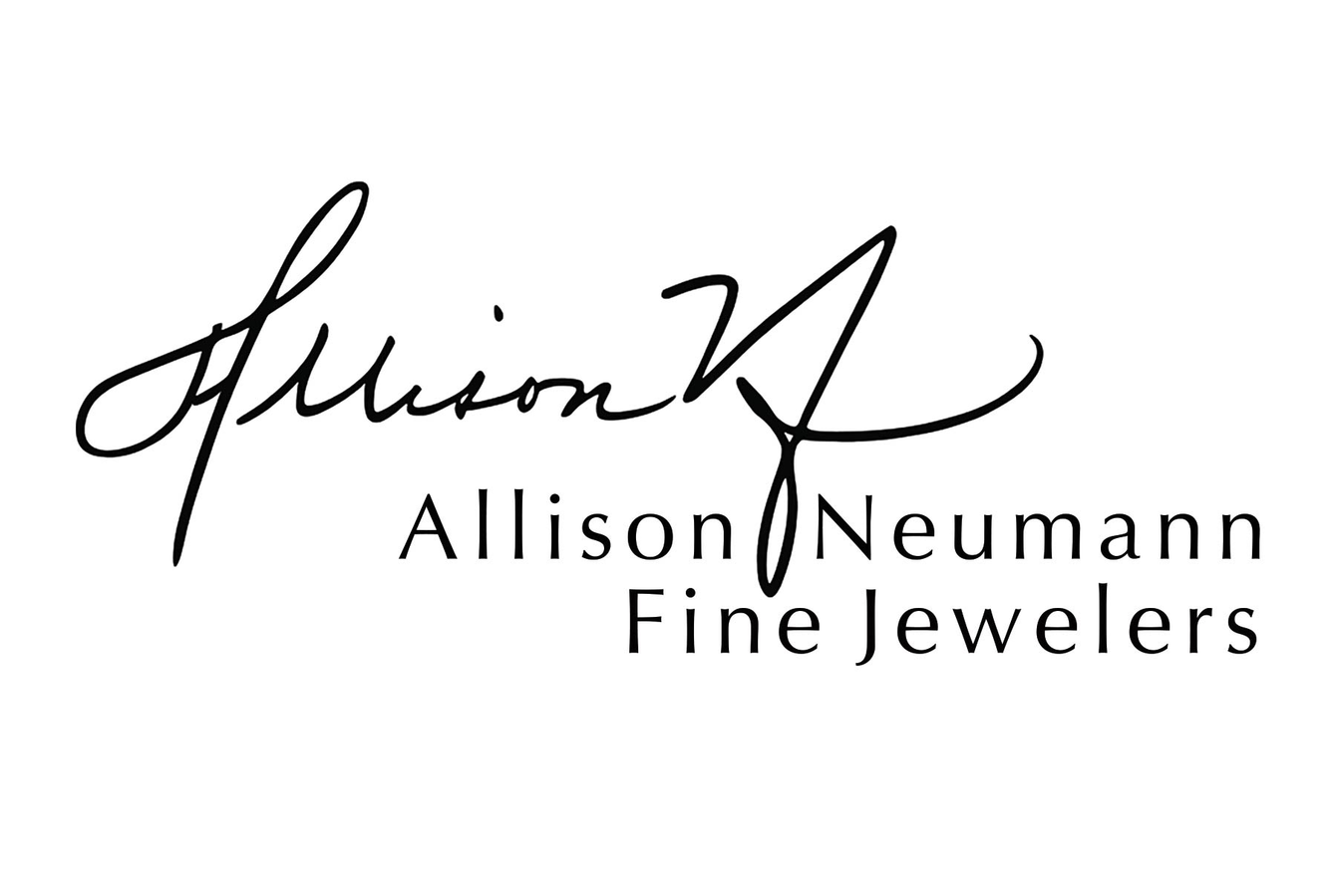How to Choose a Diamond
1) Understand the 4 C's of Diamond Quality
- COLOR Many people think of diamonds as colorless, but most diamonds have a small amount of color, usually yellow or brown. In most diamonds, color actually refers to the absence of color. The less color in the stone, the more desirable and valuable it is. Some of these differences are not visible to the naked eye, but directly impact the overall quality and price of the stone. The Gemological Institute of America's (GIA) Color Grading Scale, established in the 1950's, begins with D (colorless) and continues through the alphabet to Z (light yellow).
- CLARITY measures the amount, size and placement of internal ‘inclusions,’ and external ‘blemishes.’ Grades run from ‘Flawless,’ with virtually no imperfections, to ‘Included,’ which contain a significant number of imperfections.
- CUT does not refer to a diamond’s shape, but to the proportion and arrangement of its facets and the quality of workmanship. A diamond’s cut is the most crucial of the 4 C’s to its final beauty and value. THIS IS WHAT BREATHES LIFE INTO THE DIAMOND! It's also the most complex and difficult to assess. GIA evaluates cut for round brilliant diamonds by using 7 components; Brightness, Fire, Scintillation (Sparkle), Weight Ratio, Durability, Polish and Symmetry. Grades range from ‘Excellent’ to ‘Poor.’
- CARAT refers to a diamond’s weight. All else being equal, the higher the carat weight, the more expensive the stone. However, two diamonds of equal carat weight can have very different quality and price when the other three Cs are considered.
Read our Article on the 4 C's in Exquisite Weddings Magazine
2) Choose a jeweler as you would choose a doctor
Your jeweler should be armed with expert training, open to questions and able to provide answers in clear, simple language. Professional training can help you evaluate how knowledgeable a jeweler is. Preferably, their training comes from a highly-recognized and internationally accredited program, such as the GIA Graduate Gemologist (GG). Take note of their affiliations with jewelry industry groups and professional associations. An educated jeweler will not only explain the 4Cs of Diamond Quality to you, but will be able to demonstrate the differences between apparently similar stones. They will also encourage you to compare a number of diamonds that fall in your budget.
3) Ask for an independent diamond grading report
A diamond grading report is an unbiased assessment of the diamond’s quality. It provides a description of the diamond’s 4Cs and confirms that the stone is a natural or synthetic diamond. The report also discloses any treatments the diamond may have undergone to alter its color or clarity. The most convenient way to obtain a GIA Diamond Grading Report is through a local fine jewelry retailer. Retail jewelers are uniquely qualified to obtain a GIA report and to explain its contents.
4) Protect your purchase
Have your diamond appraised and insured. Appraisers and insurers rely on diamond grading reports to accurately evaluate the value of gems. As an additional measure, consider having your diamond laser inscribed with its GIA report number, to provide verification if it is ever lost or stolen. It can also be laser inscribed with a personal message, symbol or special date for an additional fee. The diamond’s report number and all the data captured during the grading process are permanently stored in GIA’s database.
